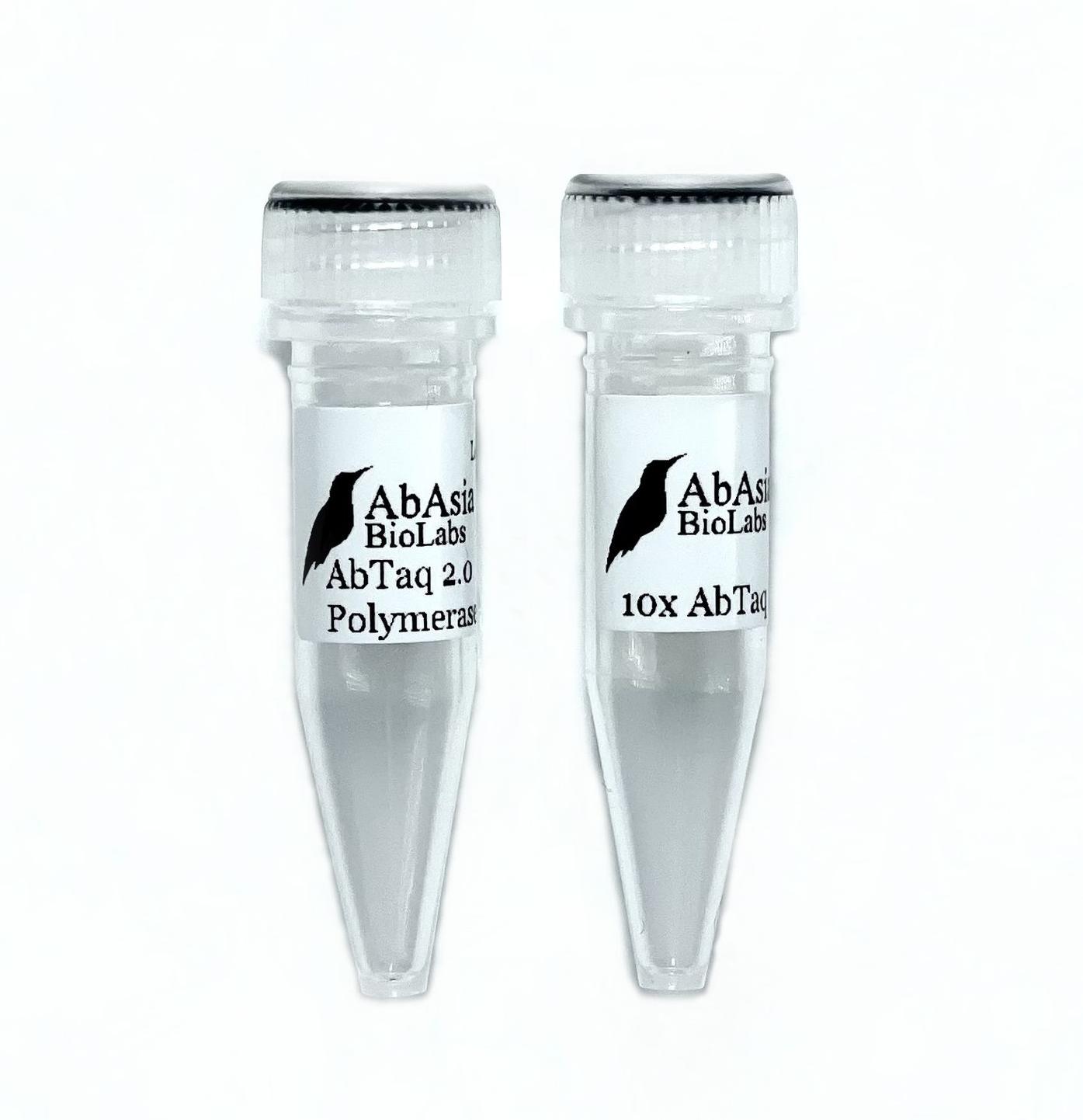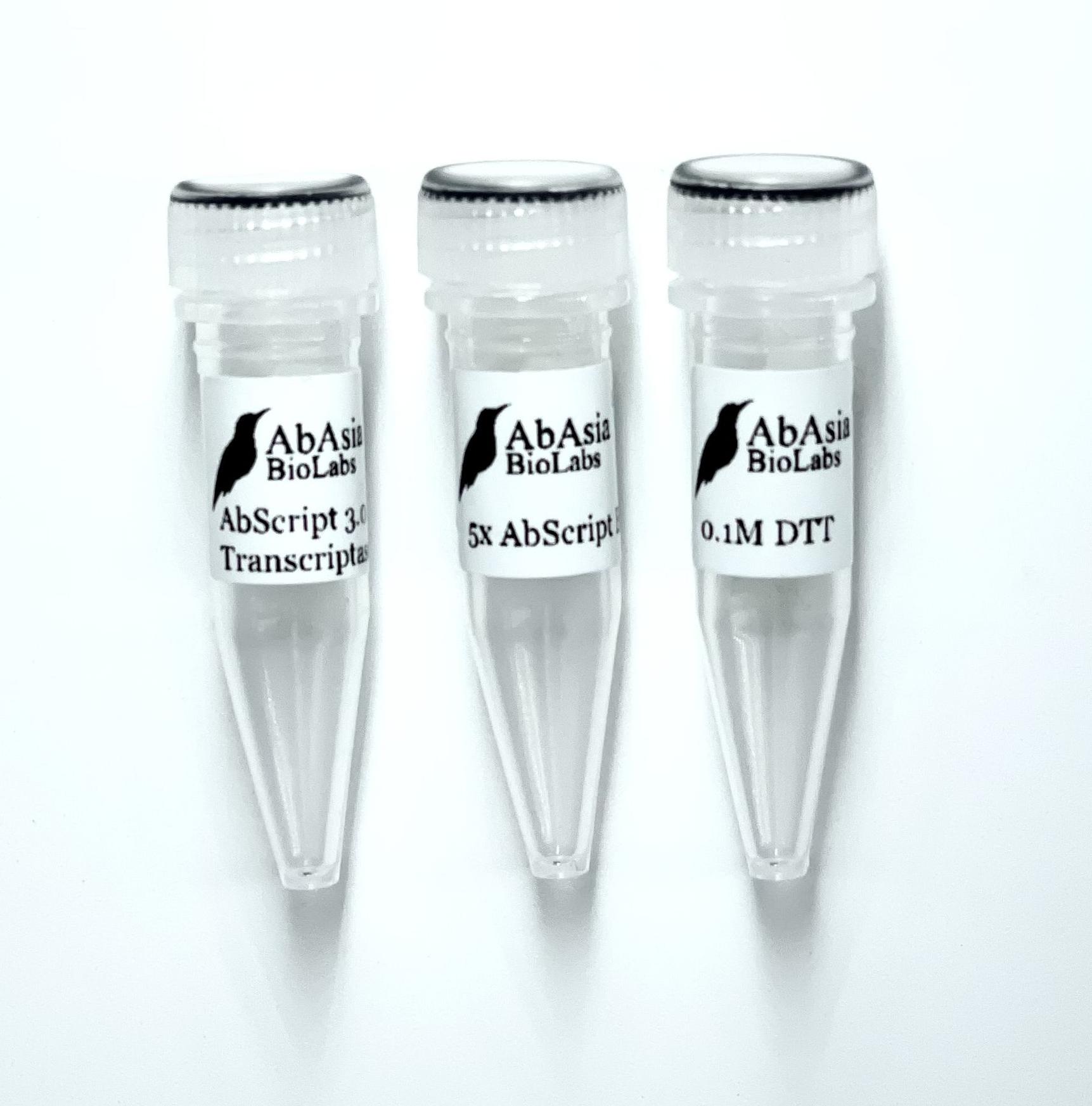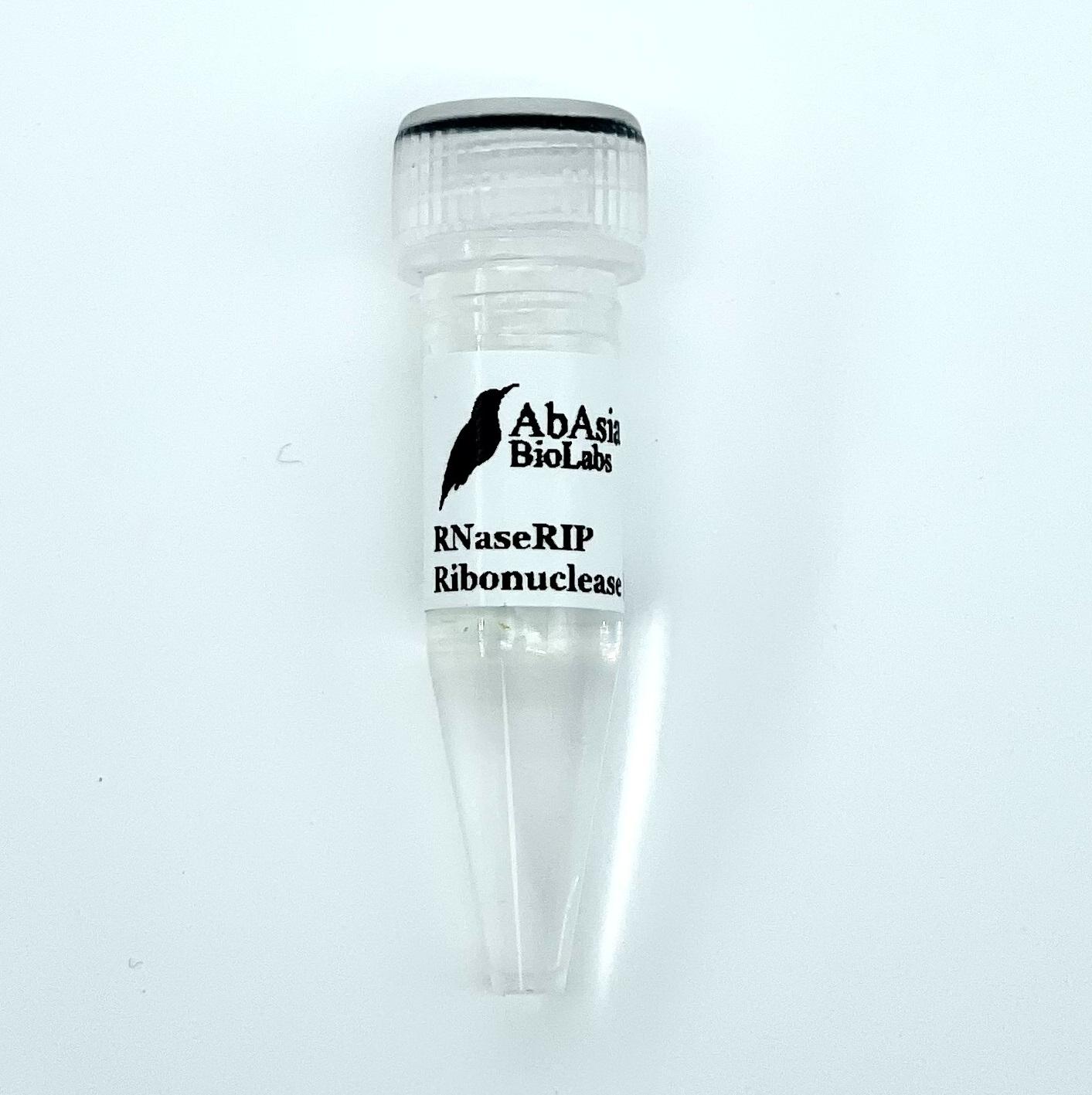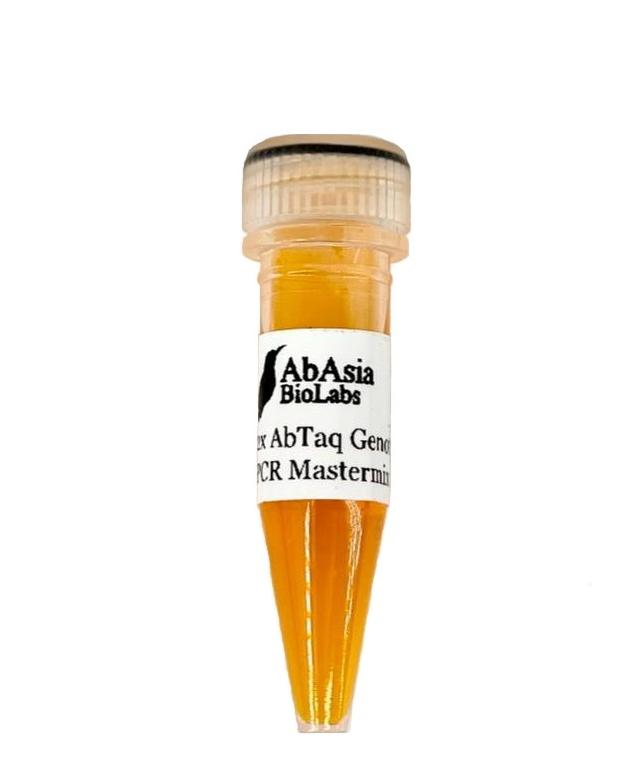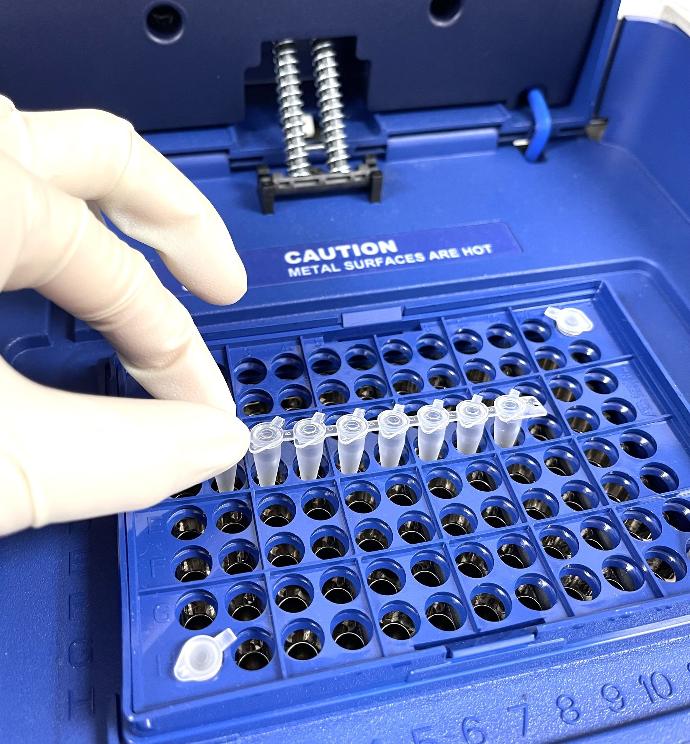
What is PCR?
Polymerase chain reaction (PCR) is a widely used technique in molecular biology that allows for the amplification of DNA sequences. PCR is a multi-step process that requires a specific set of conditions, and requires reagents such as template DNA, primers, nucleotides, and the polymerase enzyme.
Exploring the Use of Glycerol in Scientific Experiments: Is it the Right Choice for You?
Glycerol is a viscous, colourless, and odourless compound that has been used as a supplement in PCR reactions. In this post, we will look at some of the effects glycerol has on PCR performance, handling, and preparations. We hope that the information will help you work out and decide on the best conditions for your PCR reaction and set-up.
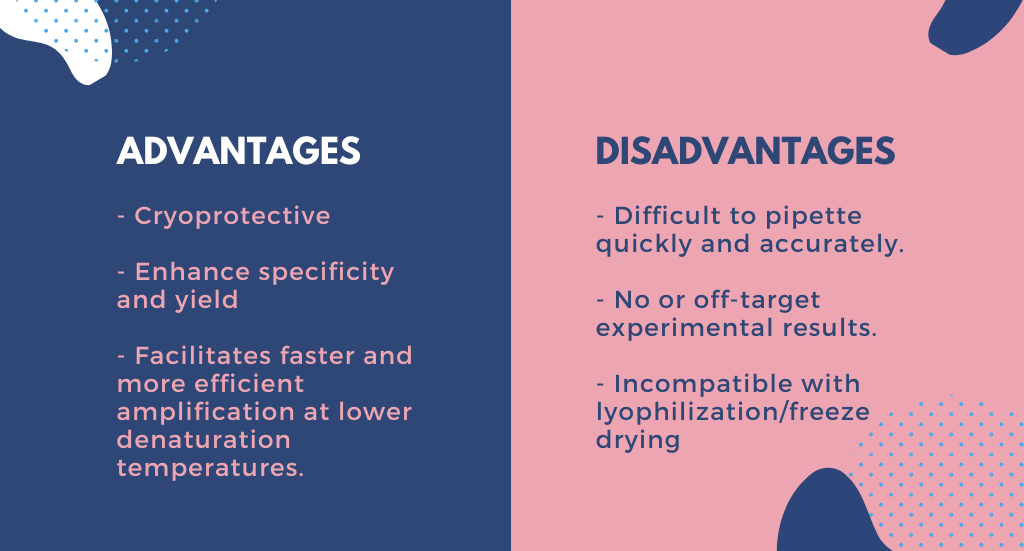
Glycerol: a fascinating sugar alcohol 🧬
1. Cryoprotective
Glycerol has several potential benefits when added to PCR reactions. One of the most significant advantages is its cryoprotective effects in stabilizing proteins and inhibiting the formation of ice crystals. This prevents structural damage to the enzyme in cold storage and when subjected to repeated freeze-thaw cycles [1].
2. Ability to enhance specificity and yield
Another potential benefit of glycerol is its ability to enhance the specificity and yield of PCR products [2]. Glycerol can lower the melting temperature (Tm) of the DNA template. Unlike DMSO, glycerol can also increase the thermal stability of the enzyme, which allows for longer reads [3].
3. Facilitates faster and more efficient amplification at lower denaturation temperatures.
Glycerol allows amplification at lower denaturation temperatures and in a shorter time. Glycerol thus preserves and improves the efficiency of the PCR reaction, resulting in increased specific amplification of the desired target sequence and an enhanced yield of the PCR product.
Glycerol in PCR: a double-edged sword?
Potential drawbacks must be considered 🚫
1. Difficult to pipette quickly and accurately
Despite having several potential benefits of adding glycerol to PCR reactions, there are downsides to having glycerol present. Glycerol is a viscous liquid, and high concentrations can increase the viscosity of the reaction mixture, making it more difficult to pipette quickly and accurately. This is particularly relevant if automation such as a robotic arm or liquid handler is used to pipette small volumes.
2. No or off target experimental results
As with everything, too much of a good thing is bad. Although glycerol can improve specificity and amplification, having too much glycerol in the reaction can result in no or off-target results. This may be due to its effect on melting temperatures or through interference with other components in the reaction mix.
3. Incompatible with lyophilization or freeze drying
Glycerol can also clash with certain preservation methods. In the case of lyophilization or freeze drying, having glycerol present is a huge no-no [4]. Glycerol negatively affects the glass transition temperature of the sample, likely resulting in the formation of ice crystals and the collapse of the freeze-drying cake.
Glycerol: Weighing the Pros & Cons is crucial in PCR

In conclusion, glycerol can have several potential benefits when added to PCR reactions, including improving the shelf-life and stability of the polymerase enzyme, and enhancing the specificity and yield of PCR products. However, it is important to consider the potential drawbacks of glycerol, such as increased viscosity, reduced efficiency, and interference with downstream applications. Ultimately, the decision to include glycerol in PCR reactions should be based on the specific experimental conditions and goals of the study.
At AbAsia BioLabs, we have the capability to supply you with enzymes or master mixes that suit your assay needs. Want to try glycerol-free enzymes in your experiments?
Visit our Shop or Contact us today! All of our reagents can be customized to be glycerol free and in custom pack sizes.
References:
[1] Vagenende, V., et al., Biochemistry, 48, 46, 11084 (2009)
[2] Cheng, S., et al., Proc. Natl. Acad. Sci. USA, 91, 5695 (1994)
[3] Wong, D.M., et al., Nucleic Acids Res., 19, 2251 (1991)
[4] Merivaara, A., et al., J. Con. Rel. 336, 480, (2021)
